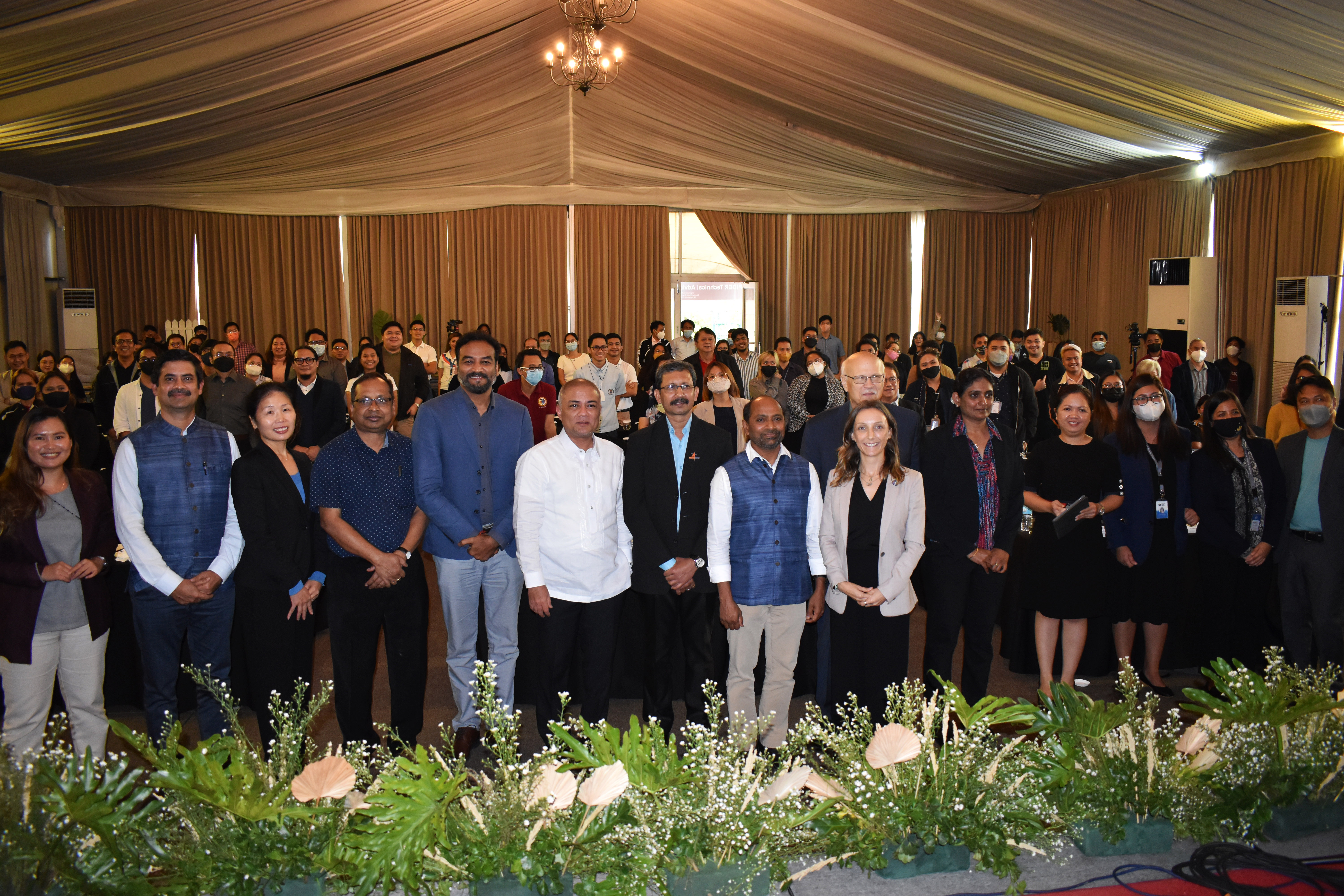In 2022, the Philippines ranked first in the World Risk Index among 193 countries. This index calculates each country’s disaster risk from extreme natural events and climate change.
The Philippine Space Agency (PhilSA) recognizes the risks the country faces–one of the Key Development Areas (KDAs) of the Agency is hazard management and climate studies. PhilSA addresses this KDA by establishing and strengthening collaborations, locally and internationally, in the use of space for disaster risk reduction and management (DRRM) and disaster response.
On 26 to 30 September 2022, delegates from the UN Platform for Space-based Information for Disaster Management and Emergency Response, or UN-SPIDER, visited the Philippines to help strengthen the country’s DRRM and emergency response through a Technical Advisory Mission (TAM). This was conducted upon the invitation of PhilSA as part of the Memorandum of Understanding signed with the United Nations Office for Outer Space Affairs (UNOOSA).
The Technical Advisory Mission
Incidentally, the UN-SPIDER experts were welcomed to the Philippines with a supertyphoon. The onslaught of Super Typhoon Karding (international name: Noru) provided the UN delegates a first-hand glimpse of current DRRM practices and responses that are in place for hydrometeorological hazards. The delegates visited the Marikina River and its upstream areas in Montalban, Rizal on 26 September.
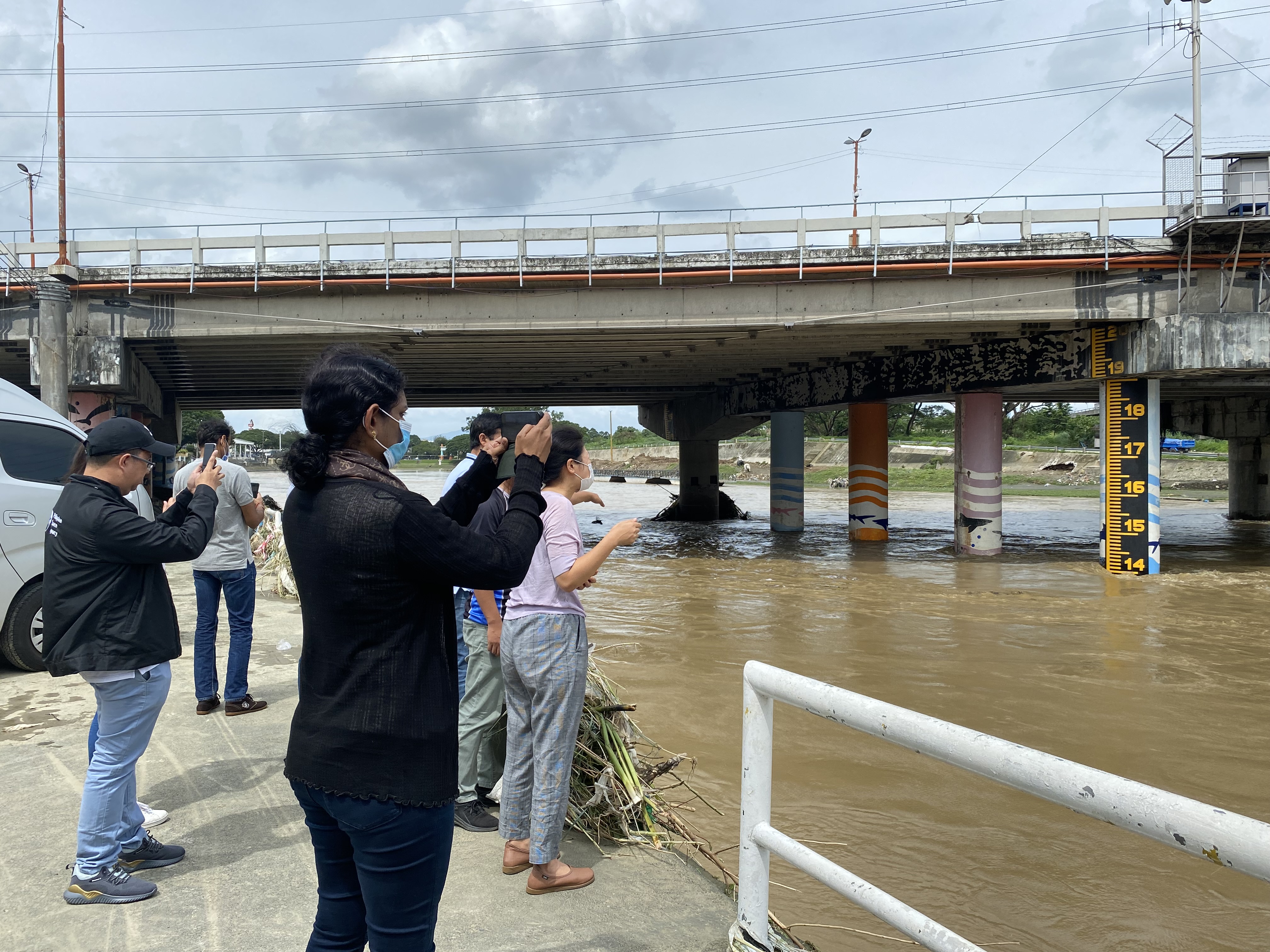
UN-SPIDER delegates with PhilSA officials, assessing the water levels of the Marikina River the day after Typhoon Karding swept through Luzon (26 September 2022)
The delegates met with PhilSA officials at the Richmonde Hotel in Quezon City on 27 September. A meeting with representatives from the Department of Science and Technology (DOST Philippines), Department of Social Welfare and Development (DSWD), and National Economic and Development Authority (NEDA) followed. These agencies are Vice Chairs of the National Disaster Risk Reduction and Management Council (NDRRMC), representing three of the four thematic pillars of DRRM, namely: (1) Disaster Prevention and Mitigation; (2) Disaster Preparedness; (3) Disaster Response; and (4) Disaster Rehabilitation and Recovery
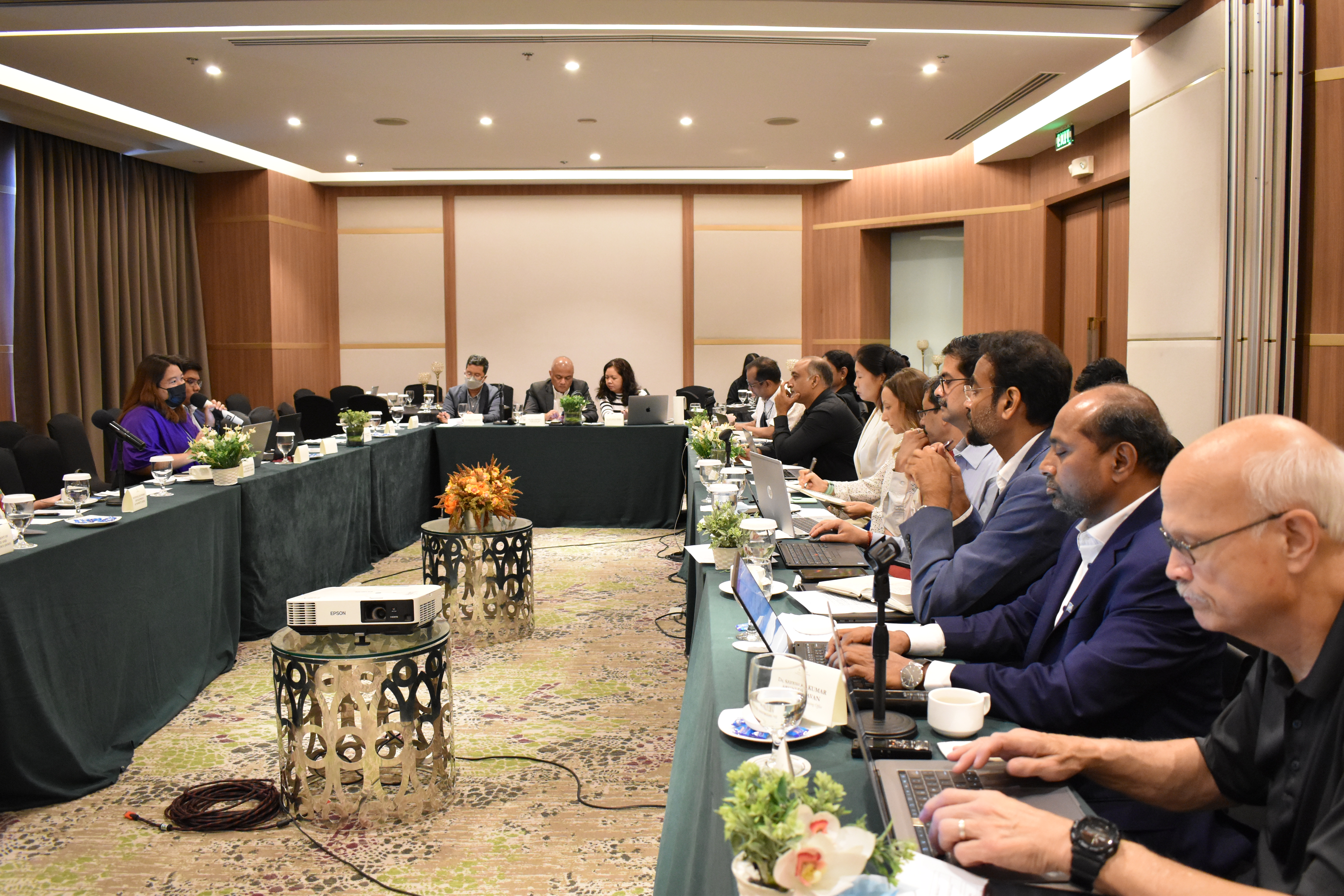
UN-SPIDER meets with PhilSA and NDRRMC representatives (27 September 2022, Eastwood Richmonde Hotel)
More agency visits were held on the 27th through the 28th. The delegates met with the Department of Science and Technology-Advanced Science and Technology Institute (DOST-ASTI), UP Resilience Institute (UPRI), DOST-Philippine Atmospheric, Geophysical and Astronomical Services Administration (DOST-PAGASA), Manila Observatory (MO), Department of Environment and Natural Resources (DENR), DENR-Mines and Geosciences Bureau (DENR-MGB), and DENR-National Mapping and Resource Information Authority (NAMRIA) offices. The visits were conducted to gain insights on the current DRRM activities of these institutions, and how they process geospatial data using spaceborne information and space infrastructure.
On 29 September, PhilSA and the UN-SPIDER held an in-person public workshop at the Novotel Manila Araneta City in Quezon City attended by 122 persons from 25 agencies and organizations. Designed for senior policymakers, data providers, disaster management agencies, DRR practitioners, and academic institutions, the workshop served as a venue for exchanging technical know-how on current DRRM practices across sectors.
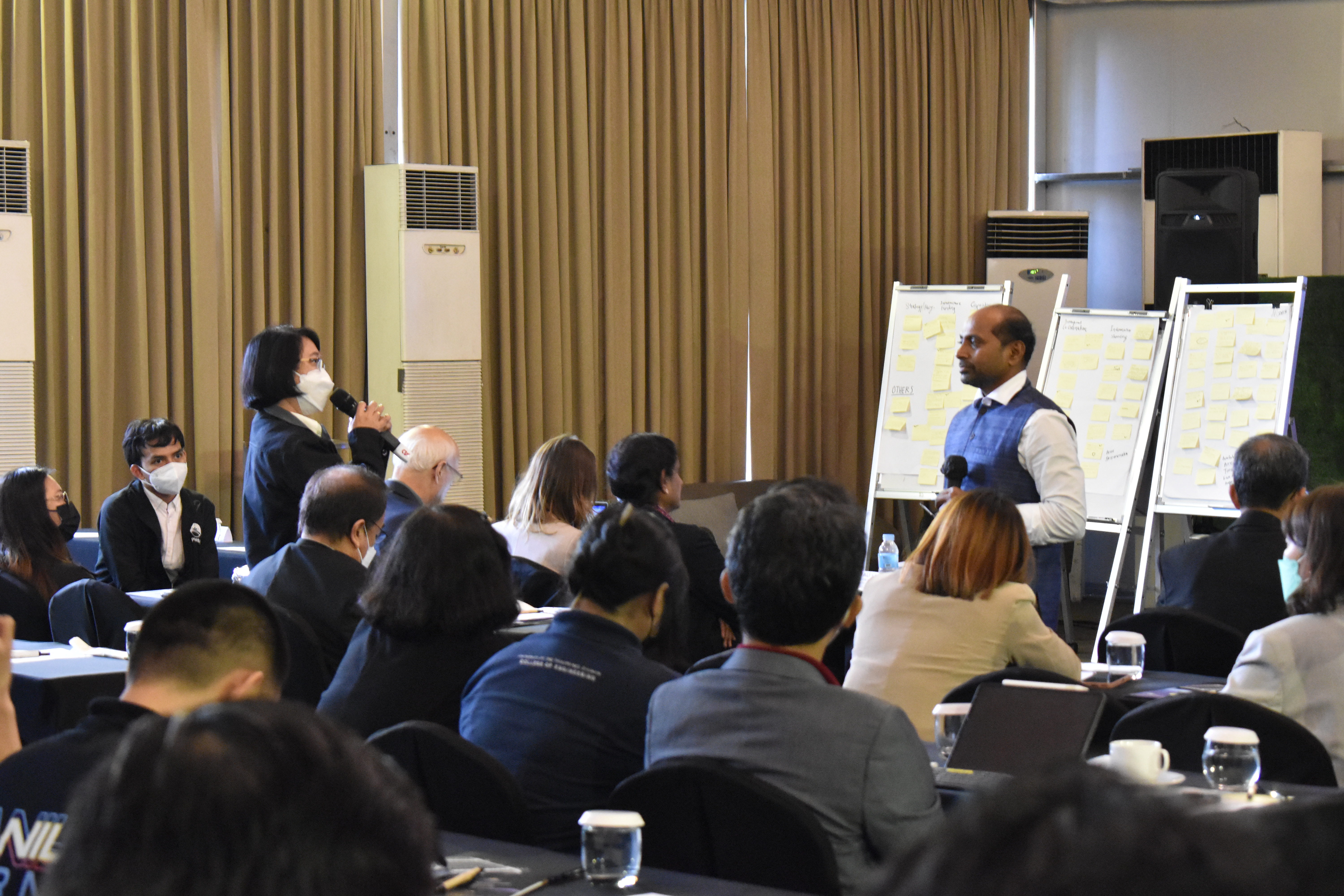
UN-SPIDER experts engage with agencies and institutions involved in DRRM activities at the UN-SPIDER TAM Workshop (Novotel Manila Araneta City, 29 September 2022)
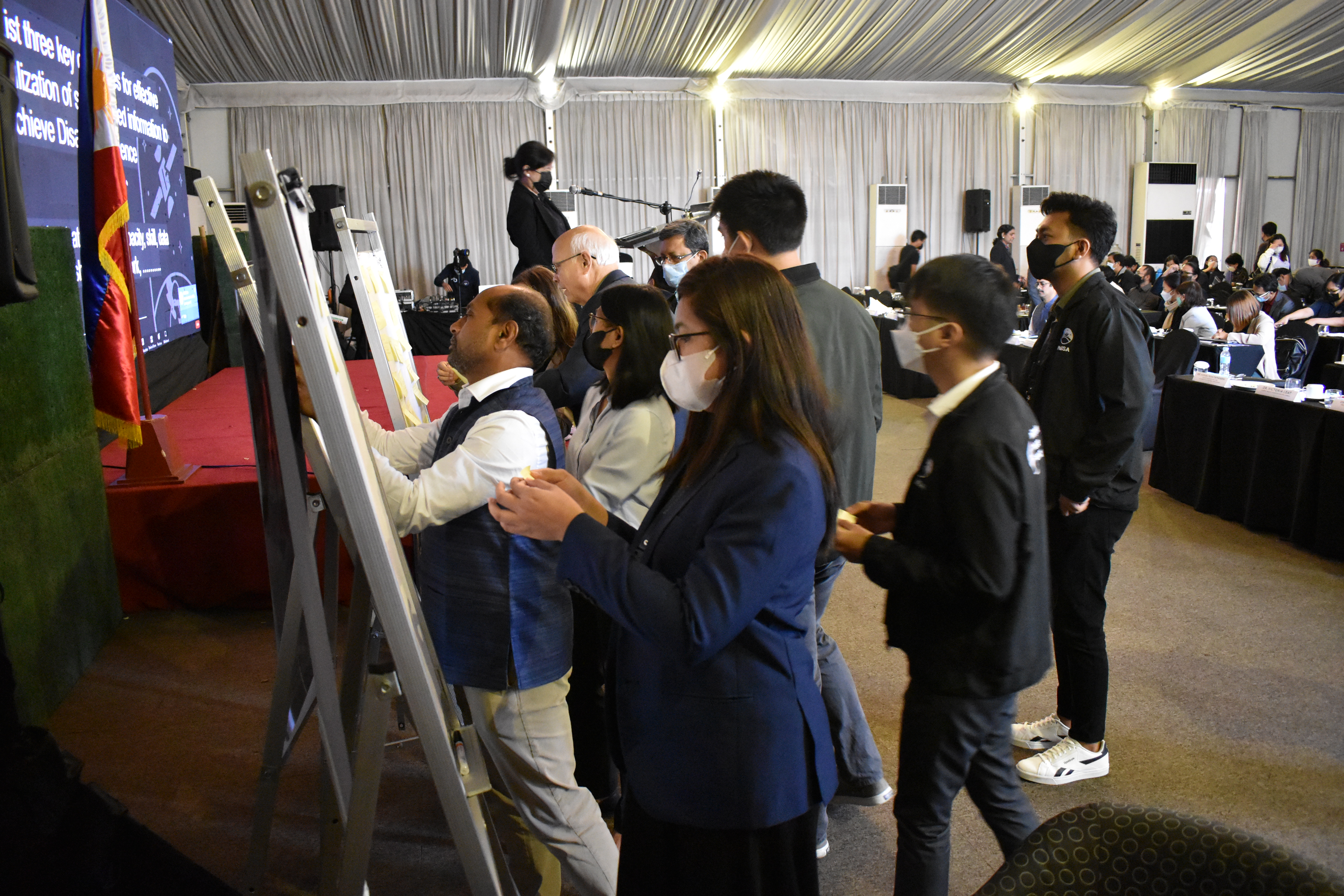
UN-SPIDER experts gather insights on the country’s current resources, activities, gaps, and targets from the participants of the UN-SPIDER TAM Workshop (Novotel Manila Araneta City, 29 September 2022)
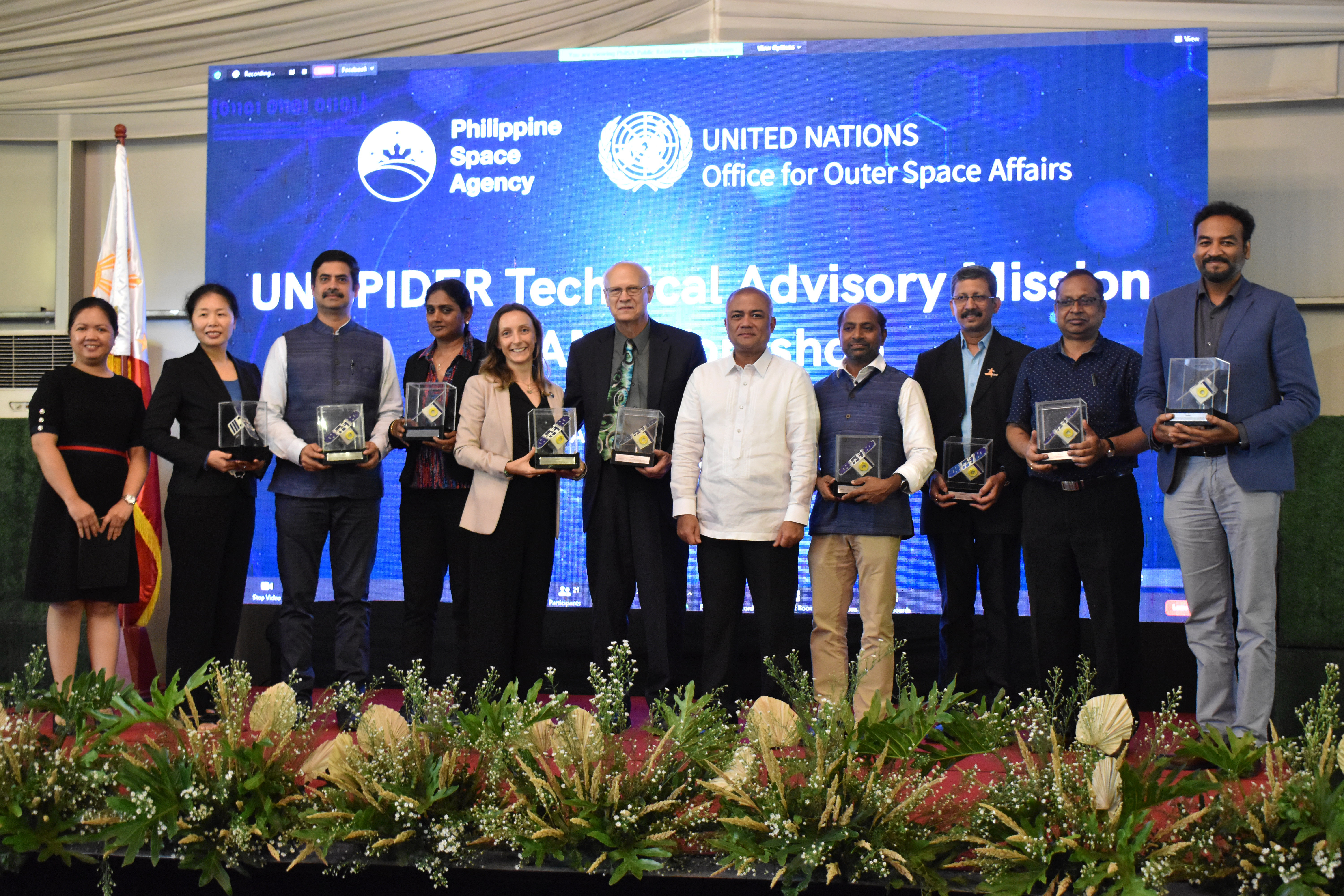
UN-SPIDER delegates receive tokens of appreciation from the Philippine Space Agency. L-R: PhilSA Deputy Director General Dr. Gay Jane P. Perez, Dr. Rui Kotani, Dr. Giriraj Amarnath, Dr. Komali Kantamaneni, Victoria Leat, Dr. James Carl Hagen, PhilSA Director General Dr. Joel Joseph S. Marciano, Jr., Dr. Shirish Ravan, Dr. Arijit Roy, Dr. Manzul Hazarika, Abhineet Jain (29 September 2022, Novotel Manila Araneta City)
The TAM culminated on 30 September when the delegates provided PhilSA and NDRRMC Vice Chairs, including OCD, with their general observations gathered from the agency visits and exchanges during the workshop.
Initial observations
The UN-SPIDER identified that PhilSA has a cross cutting role in the four thematic areas of the NDRRMC. It also noted that the vision of PhilSA is in line with good practices implemented in other countries that includes developing sovereign space capabilities while exploiting the full value chain with inclusion of commercial sources. One important finding is PhilSA’s capability to produce thematic maps and standard data products needed to inform all the phases of disaster management.
As an emerging space actor with a high disaster risk, the Philippines has a lot to work on. However, the country is fortunate for having skilled human resources for this. According to the initial findings, there is a variety and breadth of skills and expertise from academic institutions, research institutes, and private companies that can be used in DRRM, such as geospatial capabilities, artificial intelligence (AI), scientific research, and policy studies. But due to rapidly changing technologies continuous capacity building should be done. There is also a need for more defined policies on data sharing, standards, and confidentiality between and among agencies.
The full report from UN-SPIDER TAM will be released within the year.




